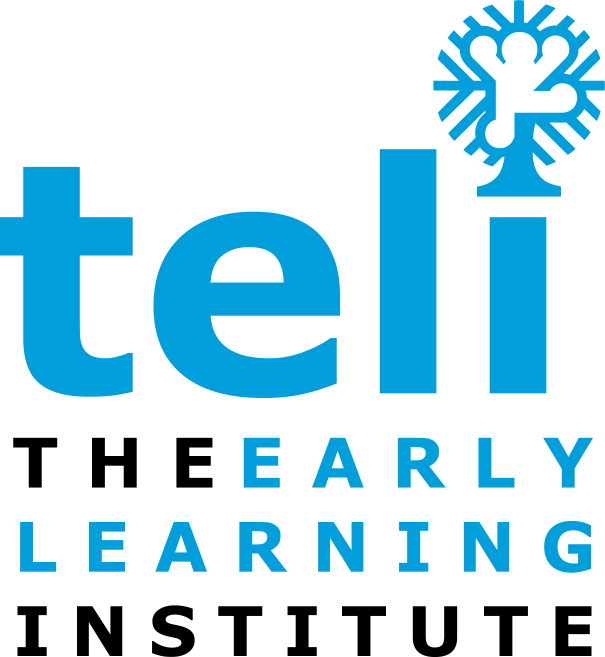Does your child have difficulty turning his or her head or lean their head to one side?
Have you ever woken up with a “creek” in your neck and have a hard time turning your head? The pain restricts your ability to turn to one side and affects your entire posture from how you sit, walk or stand.
Torticollis which means “twisted neck” in Latin, is a diagnosis given to 16% of infants to describe the limited neck movement symptoms much like you might experience. In fact, much like you, a child with torticollis may have difficulty sleeping because of the neck pain, they just can’t tell you where it hurts!
There are numerous theories regarding the cause of torticollis, the most popular theory being the child’s positioning in the womb. If the condition goes untreated, physical developmental delays can become evident and further posture complications can result. The entire body can be affected to include feeding difficulties, facial asymmetry and movement limitations.
The good news is that more than 90% torticollis cases can be resolved with conservative Physical Therapy treatment. Melissa Winzek, a teli Physical Therapist with over 19 years of experience in Early Intervention, has helped numerous children with torticollis. “If you notice your child always looking or tipping their head to one side, or notice a muscular “knot” or “lump” on the side of the neck, those are specific red flags that you should bring to the attention of your health care provider.” says Melissa.”Some infants have difficulty breast feeding on one side, or look at you over their shoulder vs turning their head because of the neck tightness.”
At teli, once a child is diagnosed with torticollis, an initial Physical Therapy evaluation is performed to understand of the extent of limitation, followed by the development of an individualized care plan. Teli’s staff of Physical Therapists works closely with the families educating them on how to work with their child. An important strategy for physical therapists is to incorporate movements to strengthen muscle imbalance into an infant’s daily routine to ensure repetition.
“The home exercise plan is individualized and play based. It includes range of motion movements, massage, positioning and handling techniques at various stages of development. This helps to empower parents to help their child reach the milestones we have identified together.” says Melissa,
“Tummy time has a new meaning as a way to help the child become accustomed to raising their head and strengthening their neck muscles!”
At teli, Melissa assures parents all the time that there is help for their child. “The diagnosis of torticollis may sound scary, but once we get to know you and your child, our specialized pediatric physical therapy can help your child avoid future complications.”
Support teli in their mission to help make a positive, lasting difference in the life of a child!


